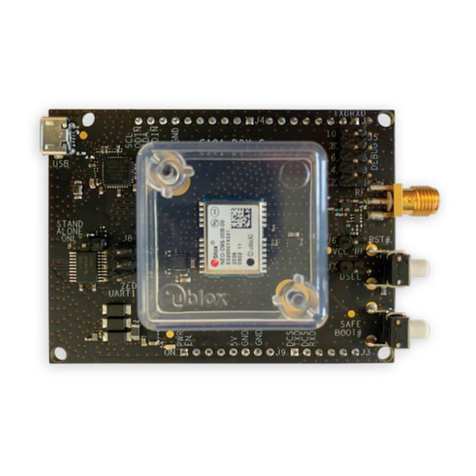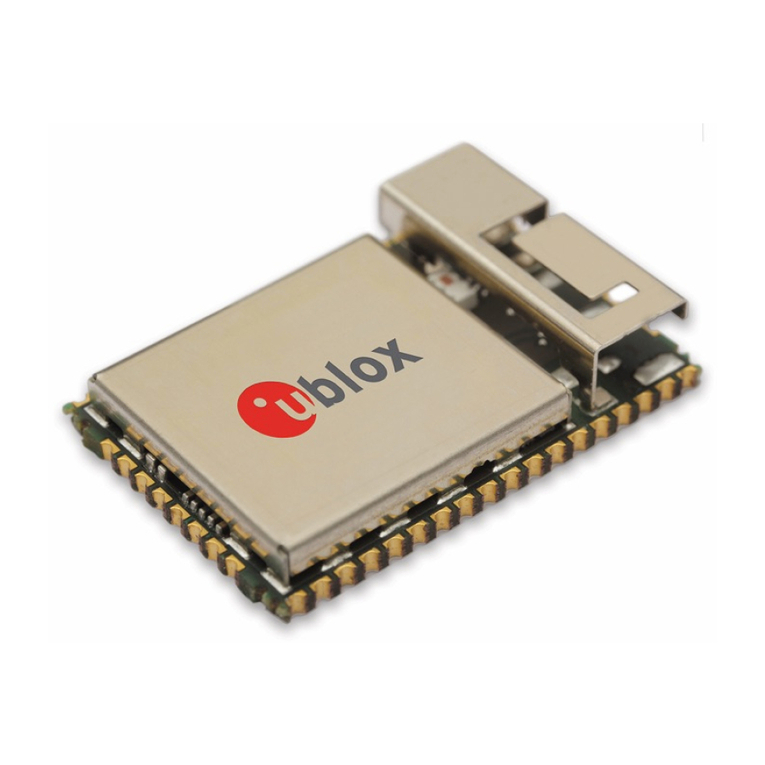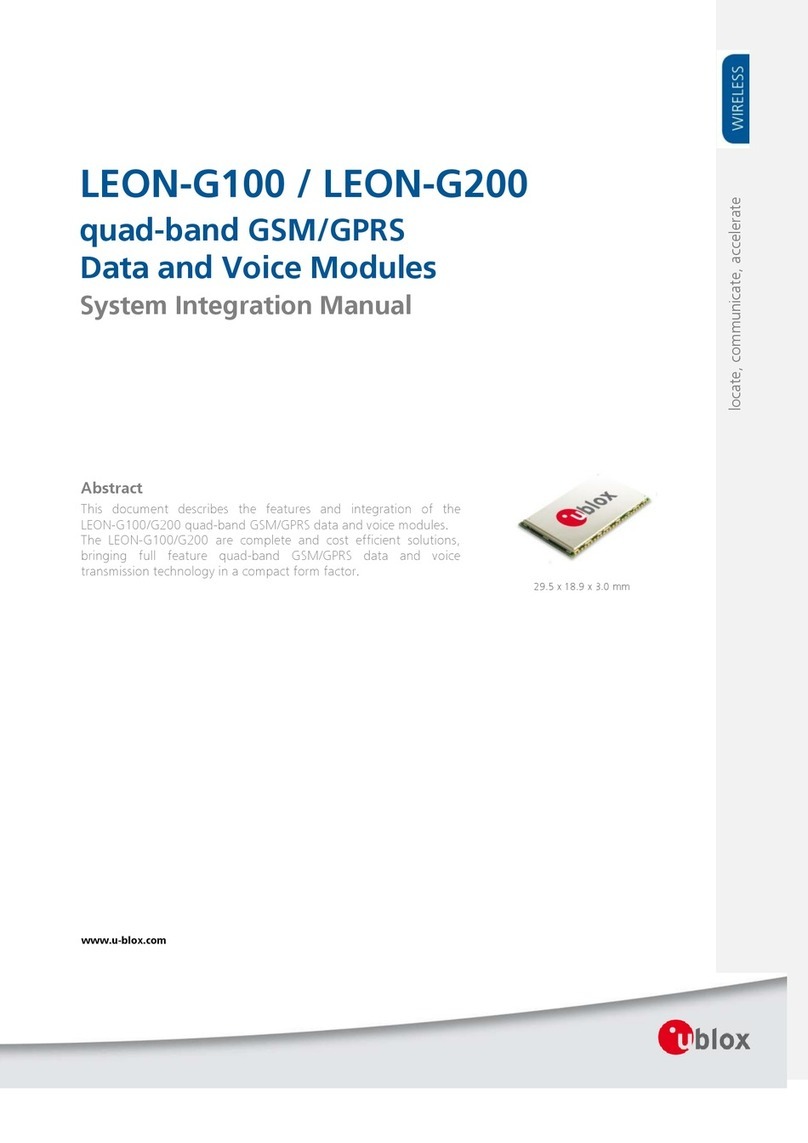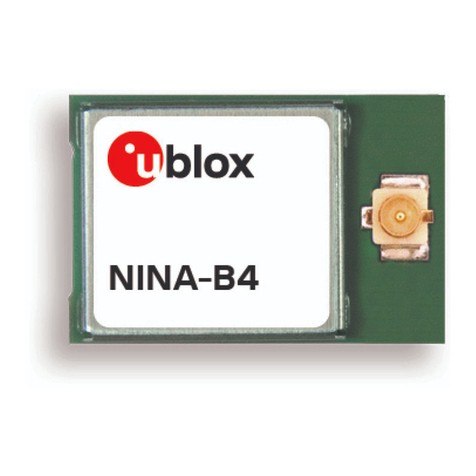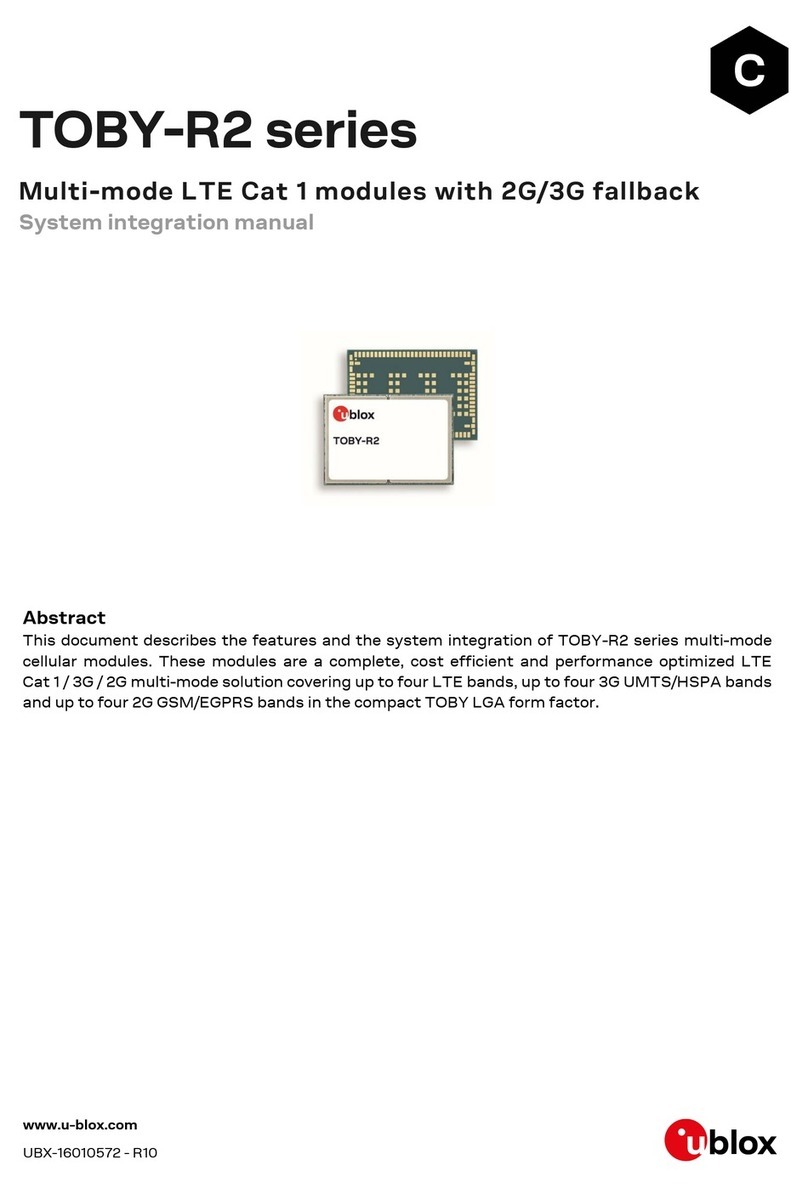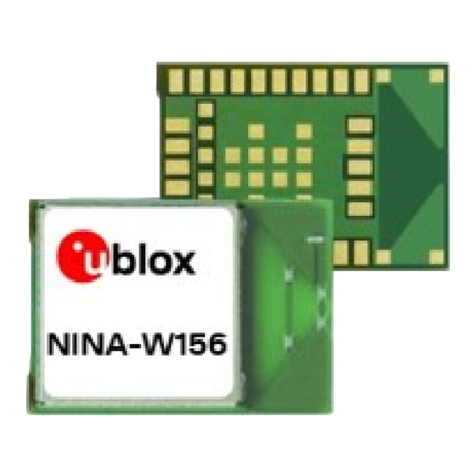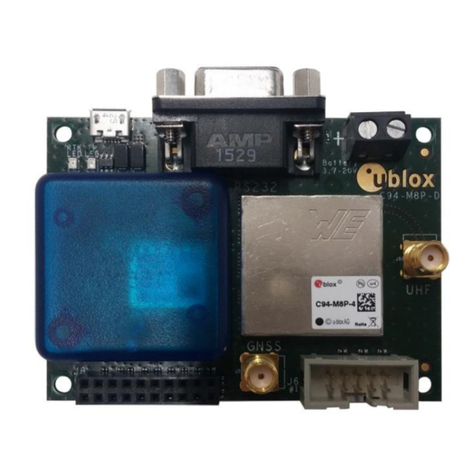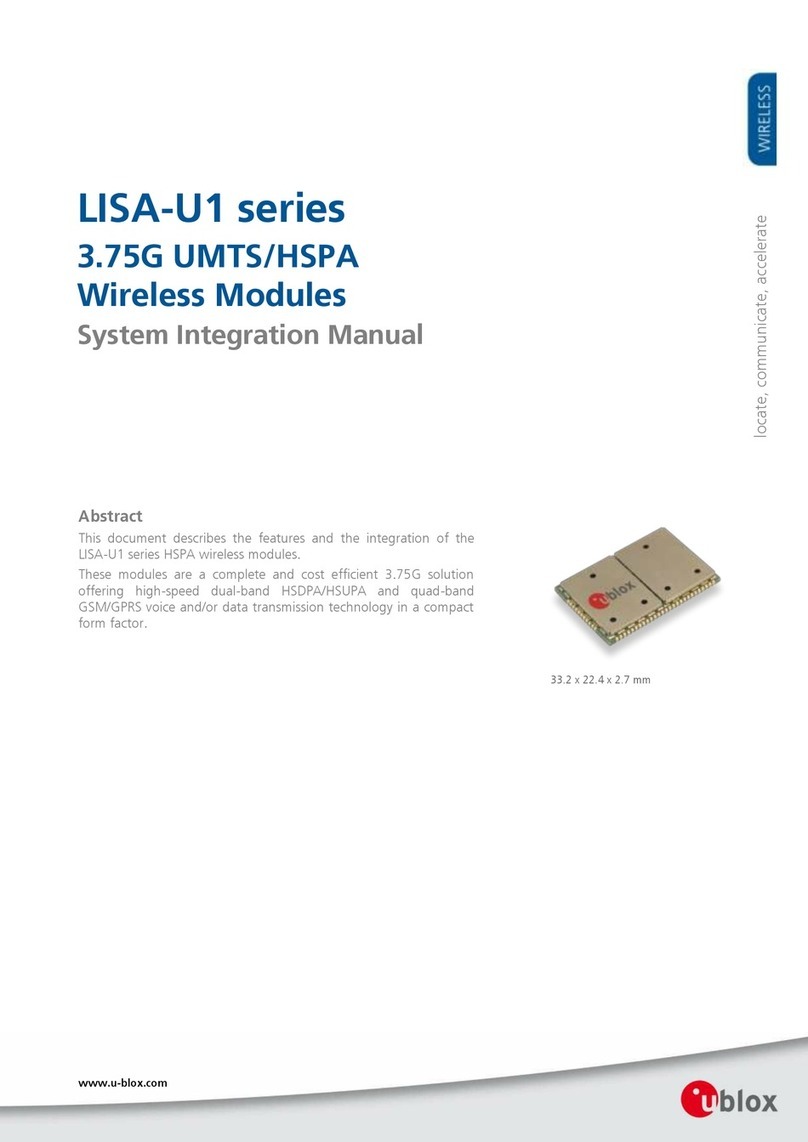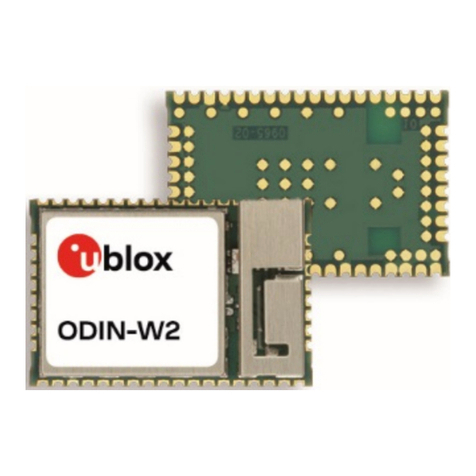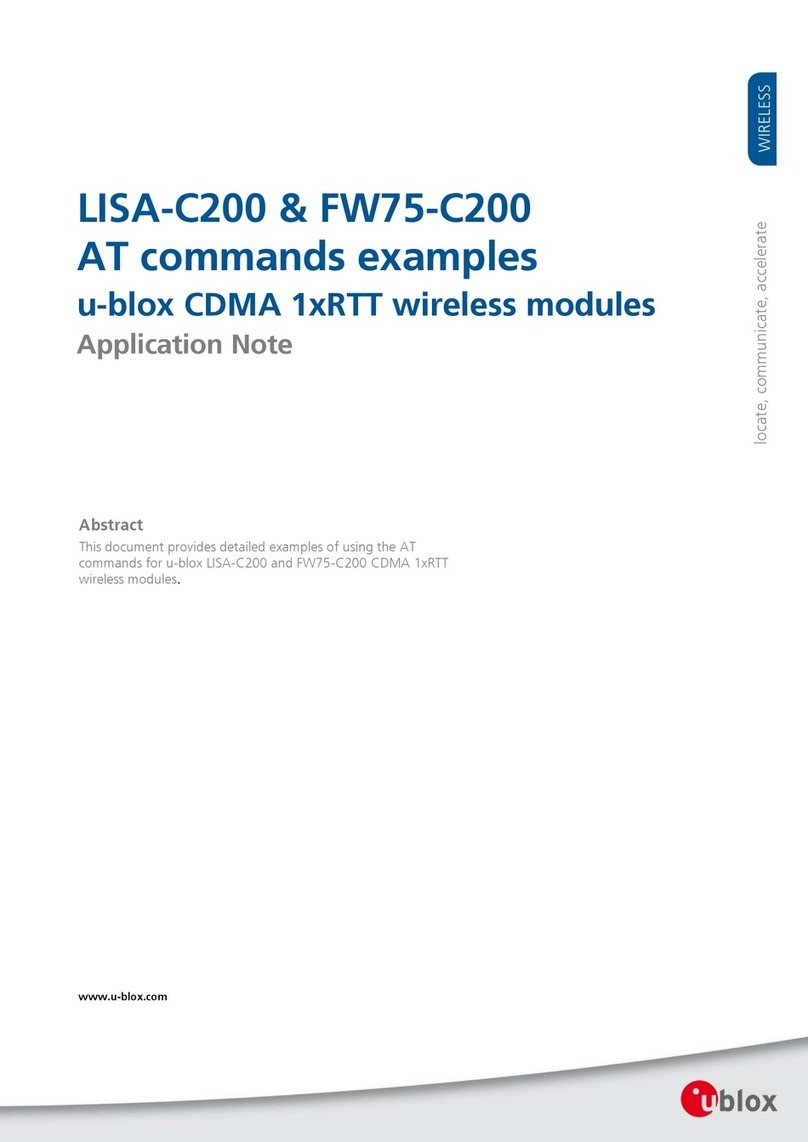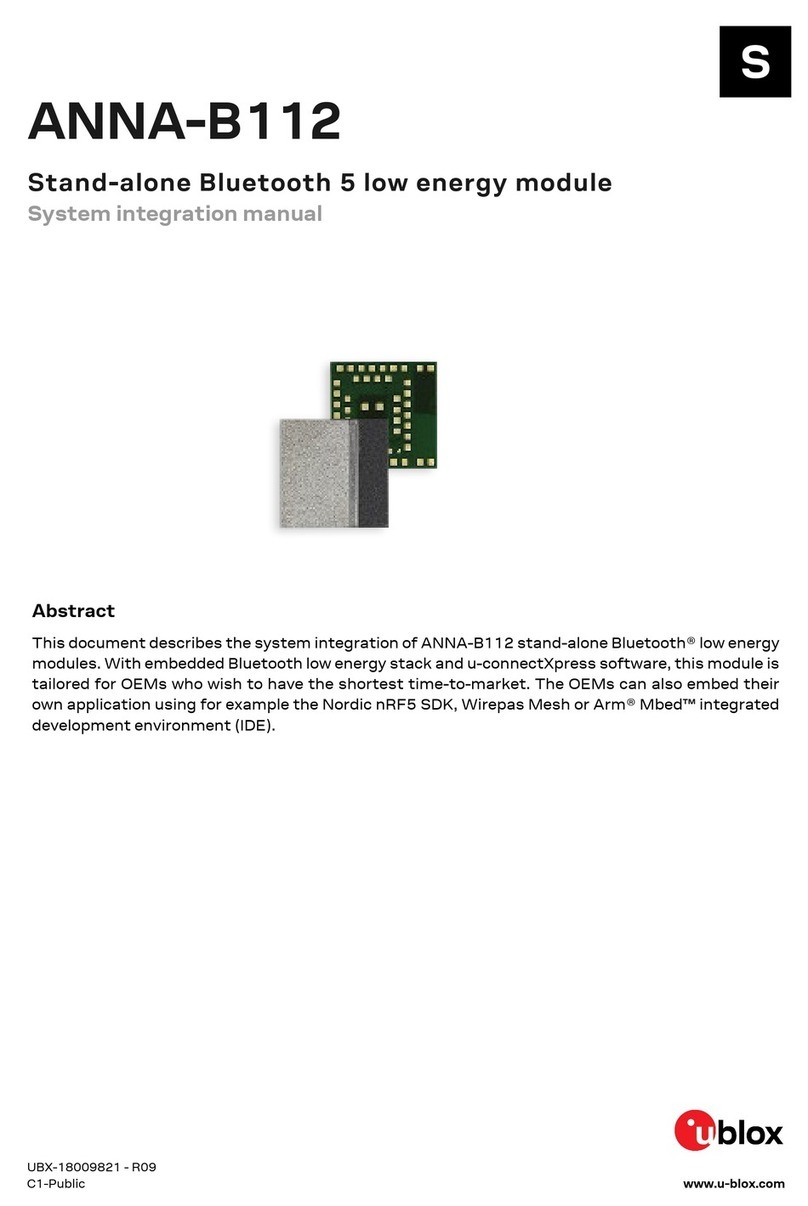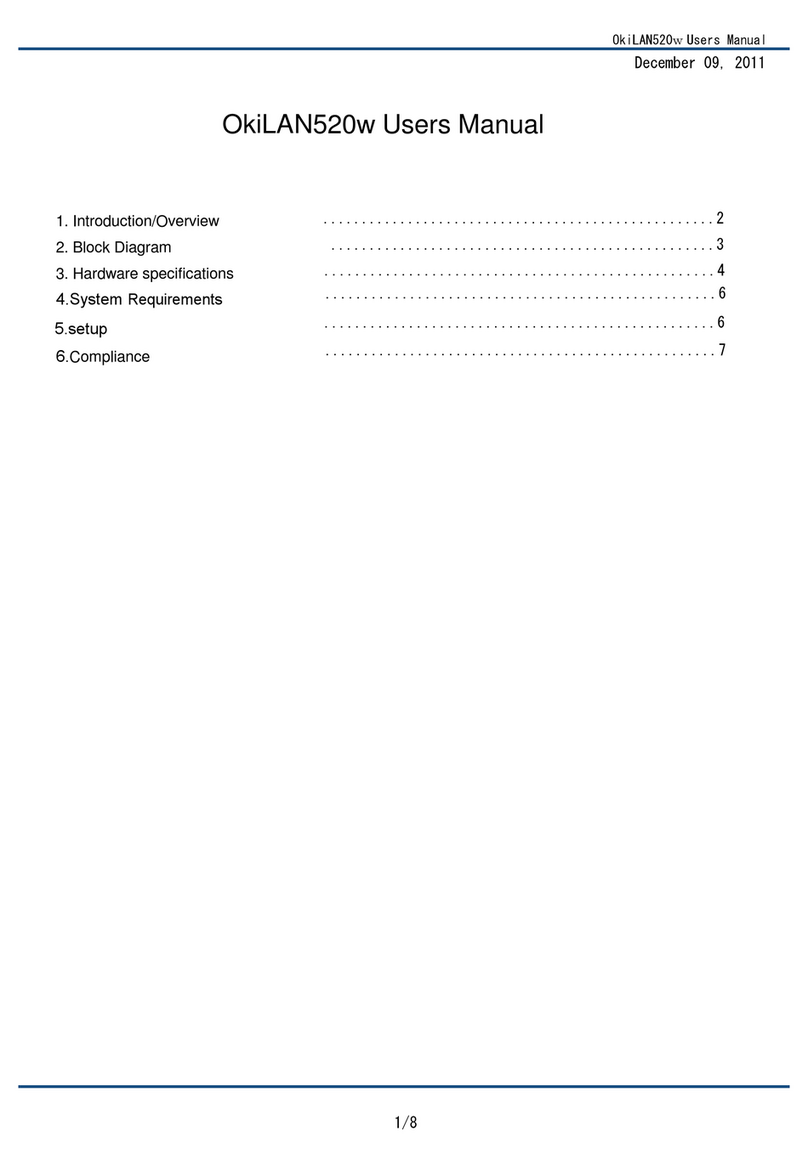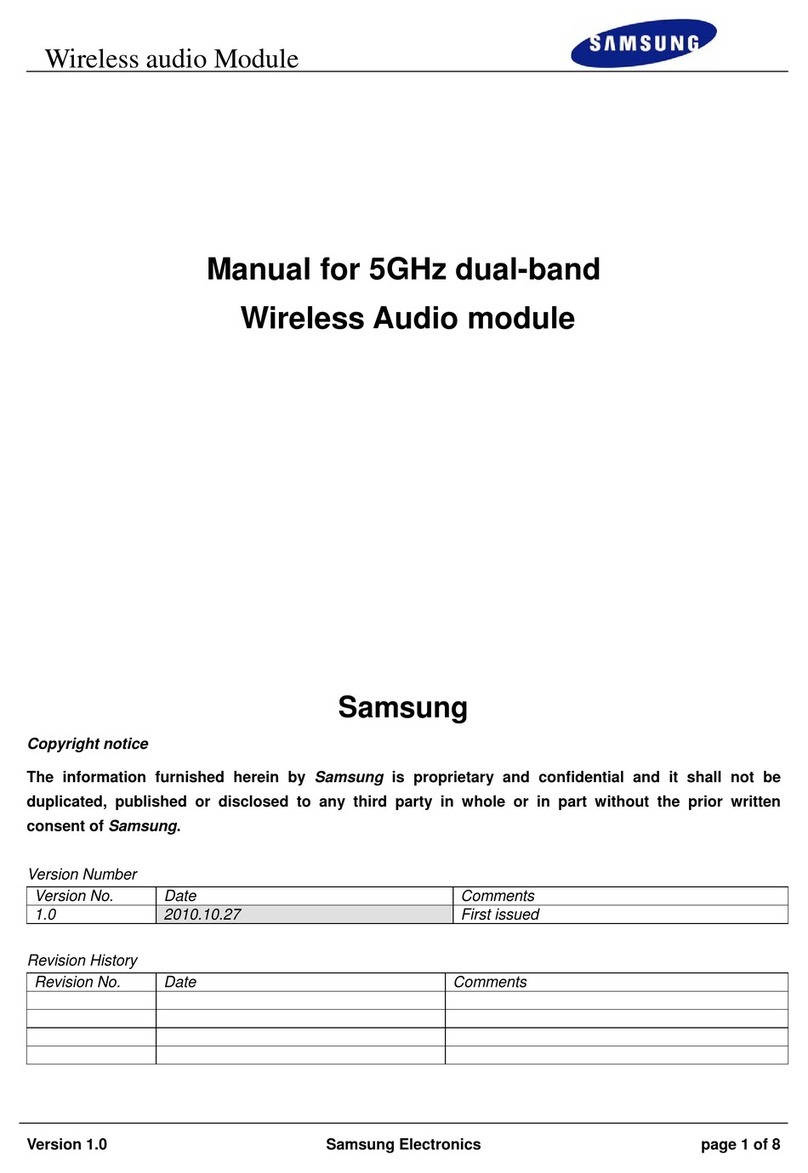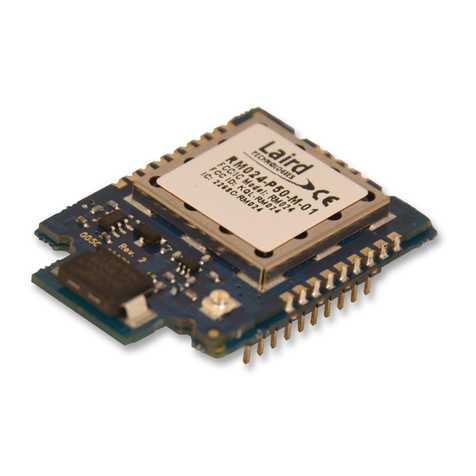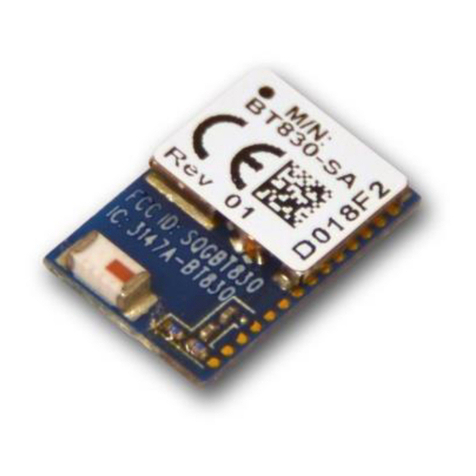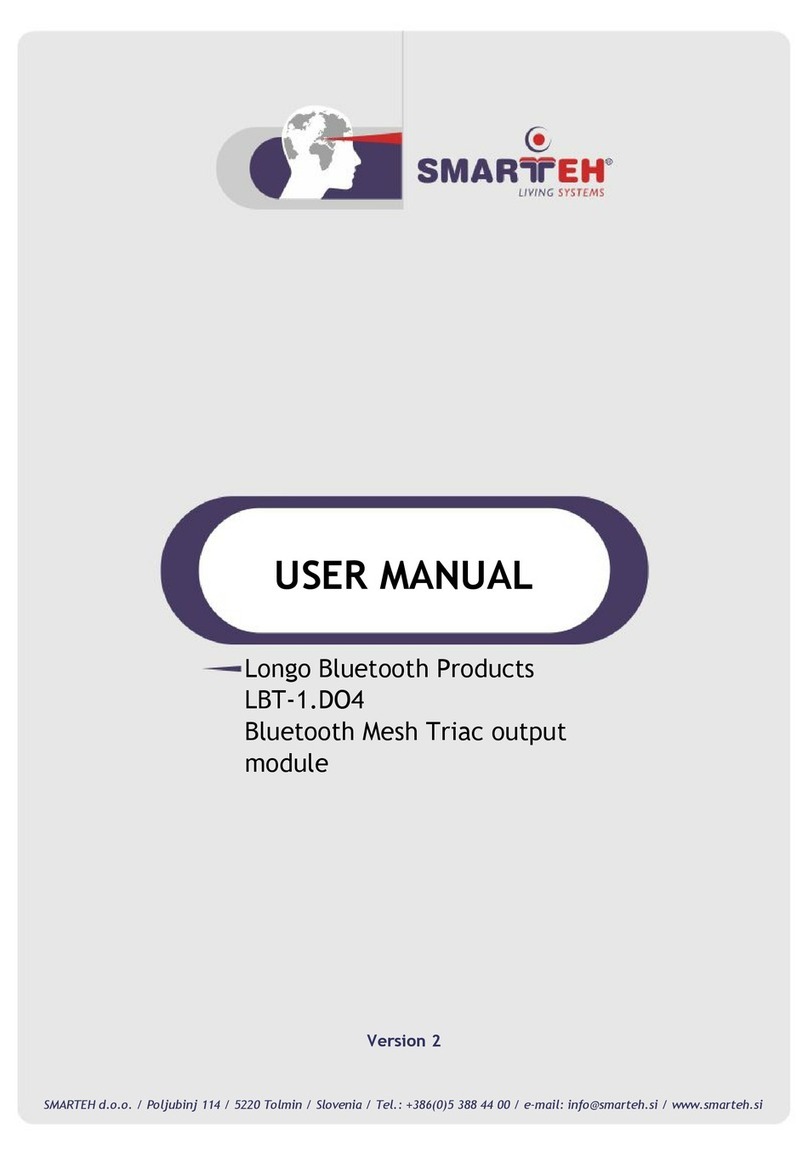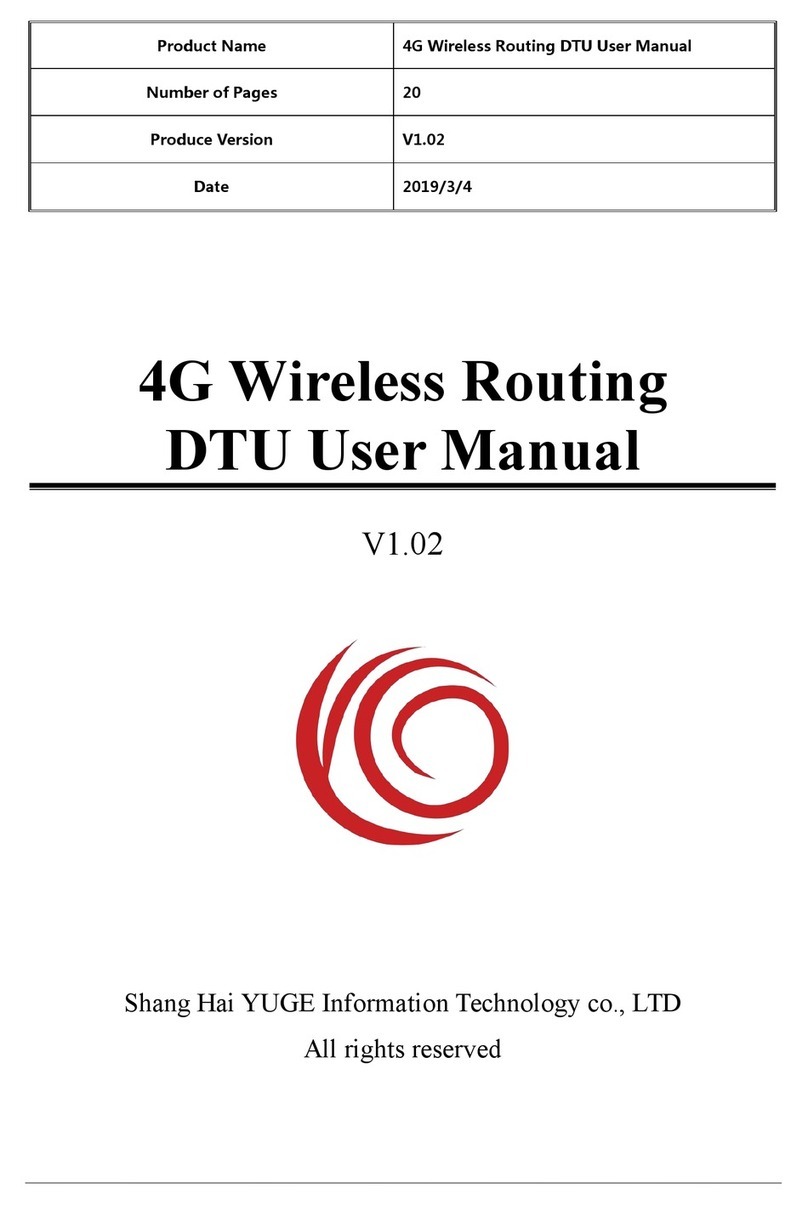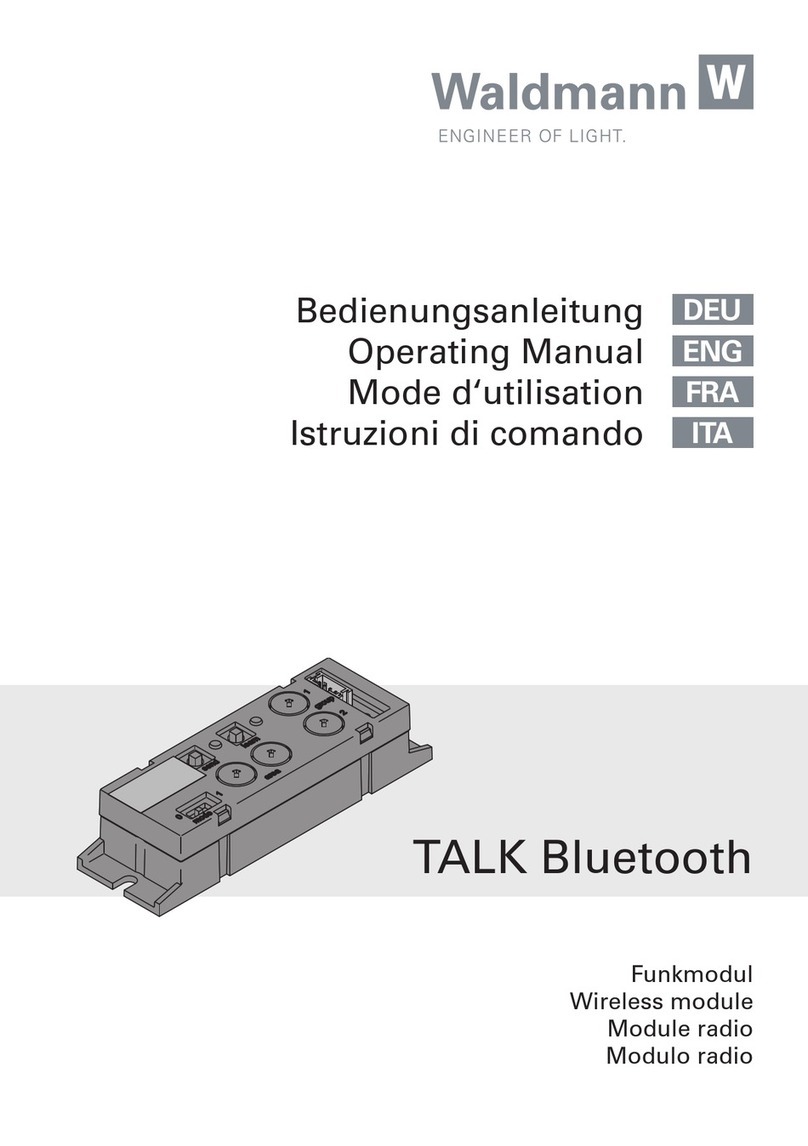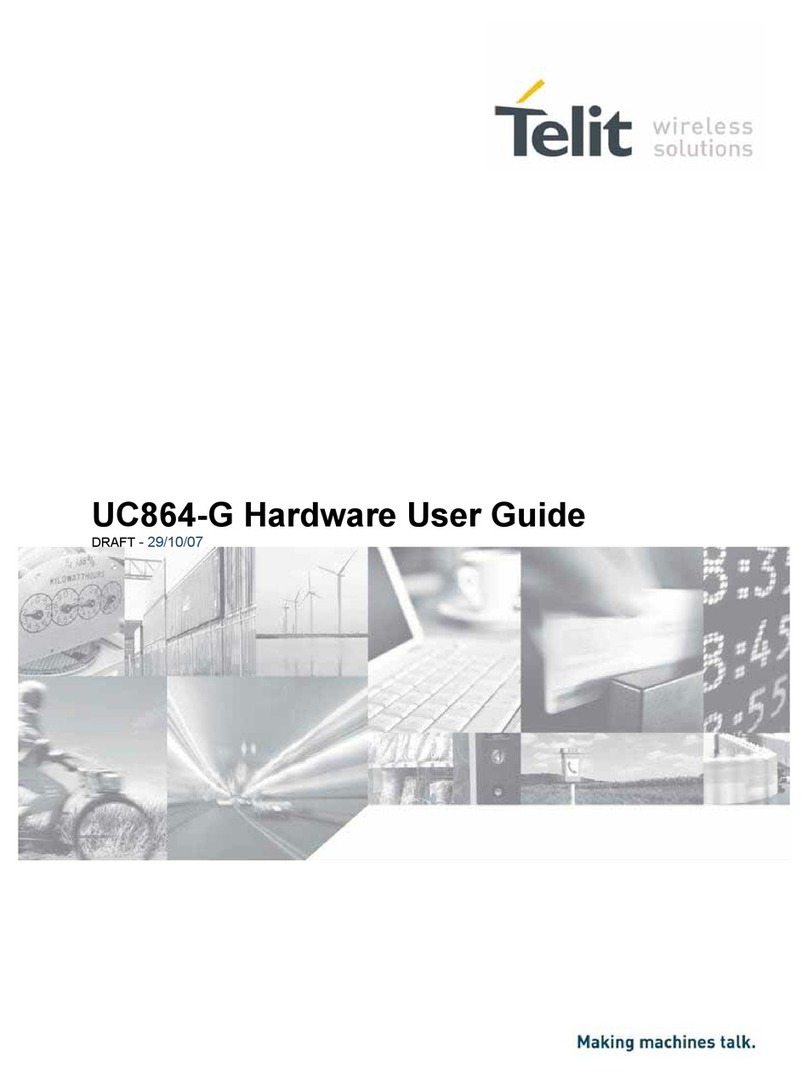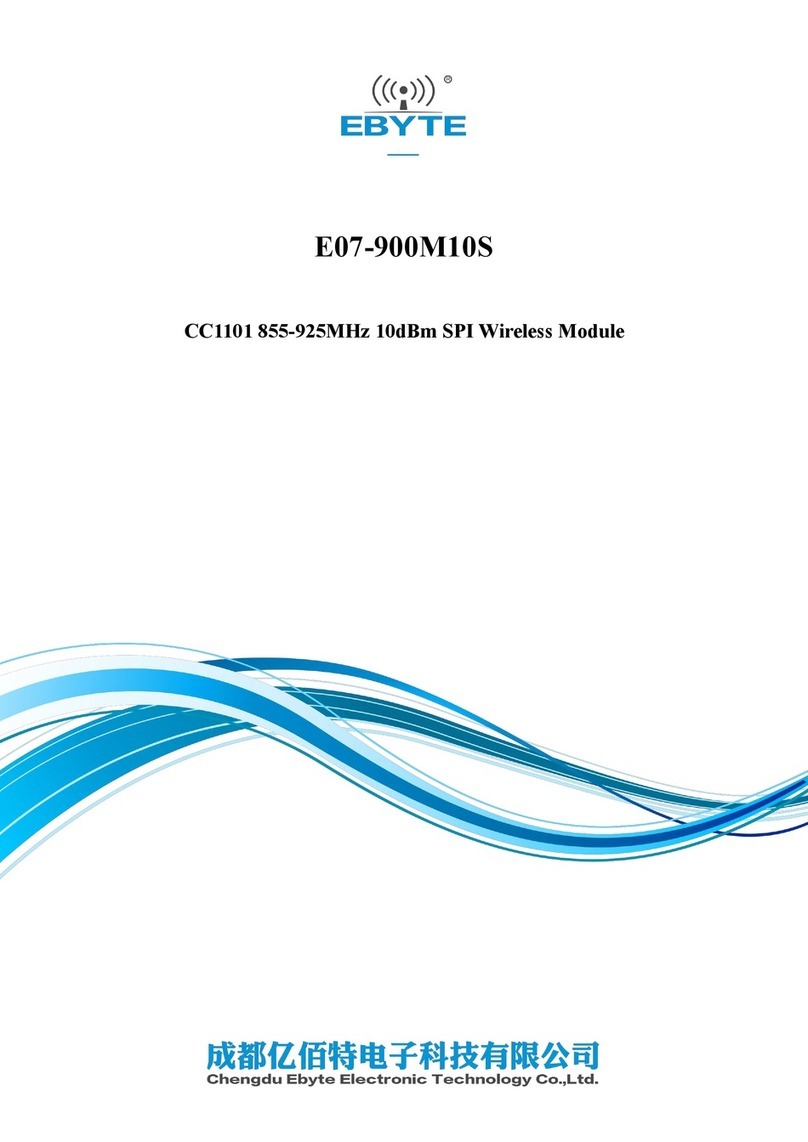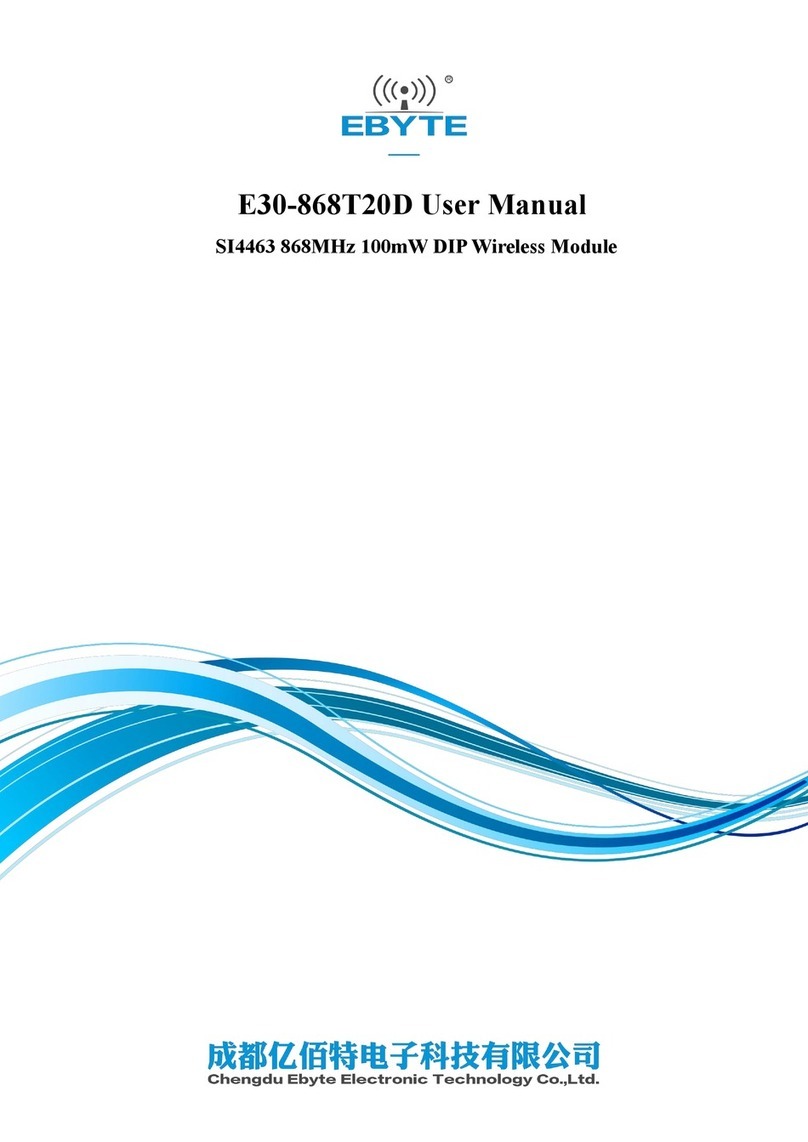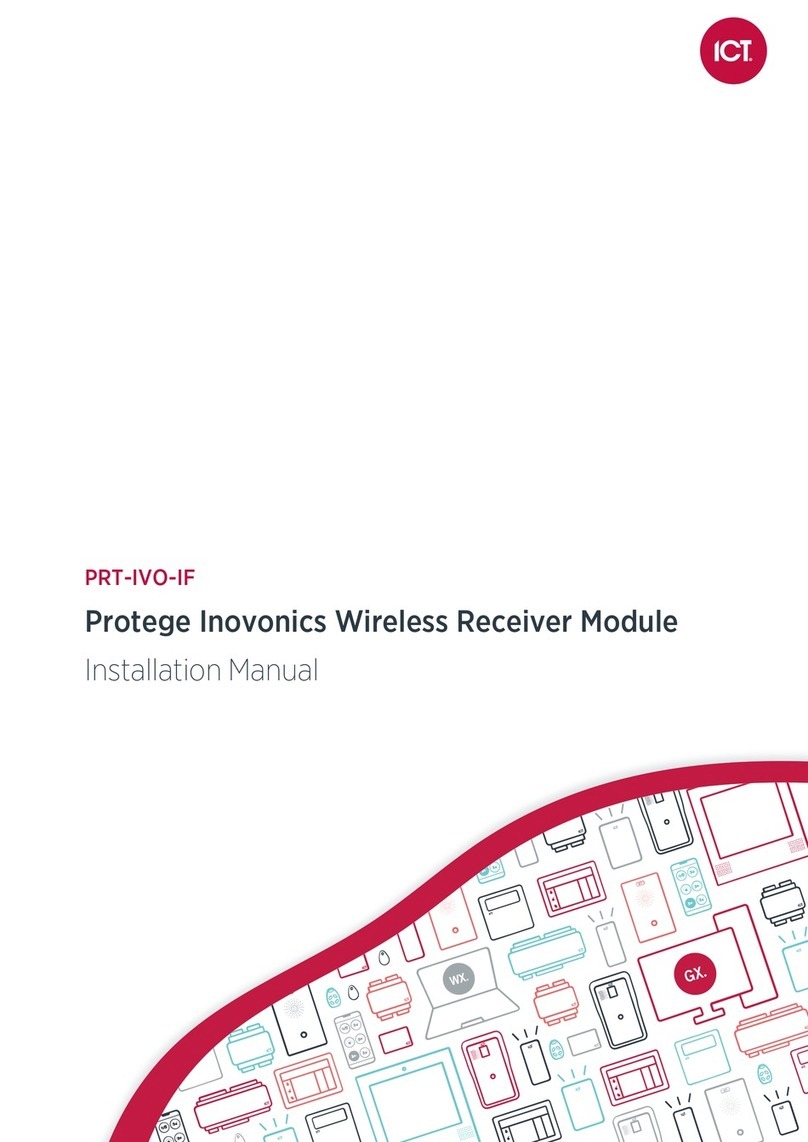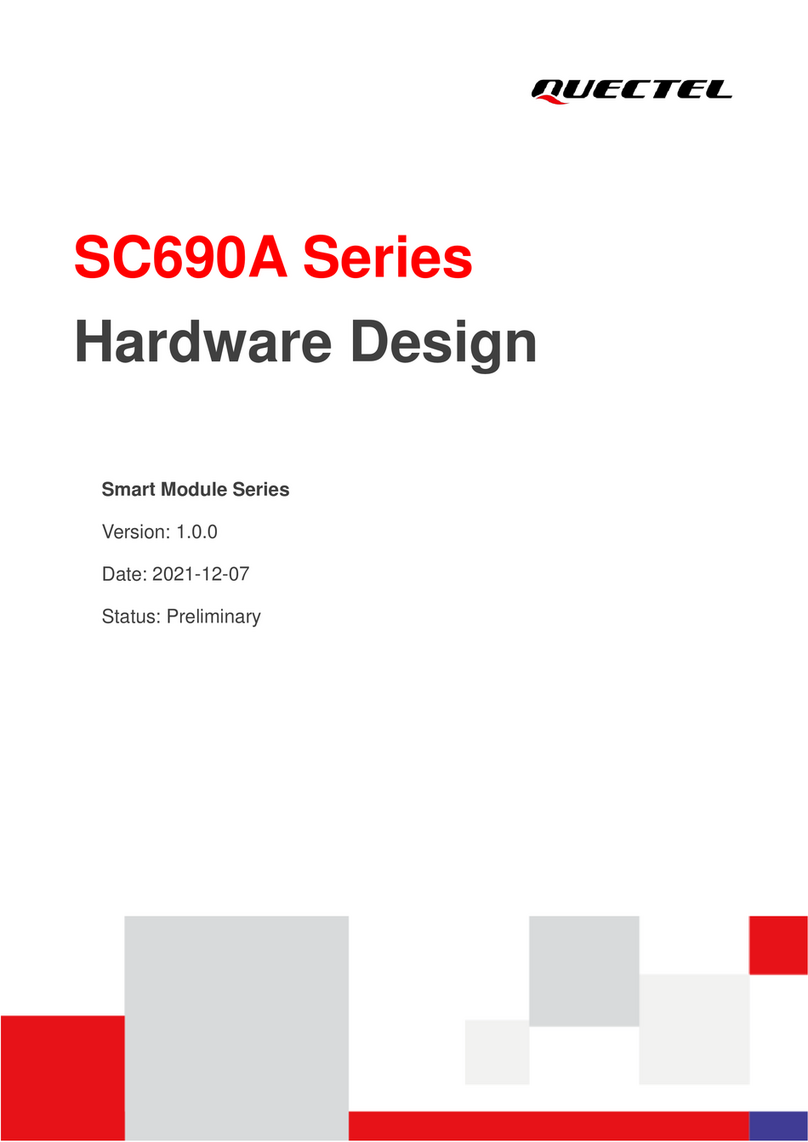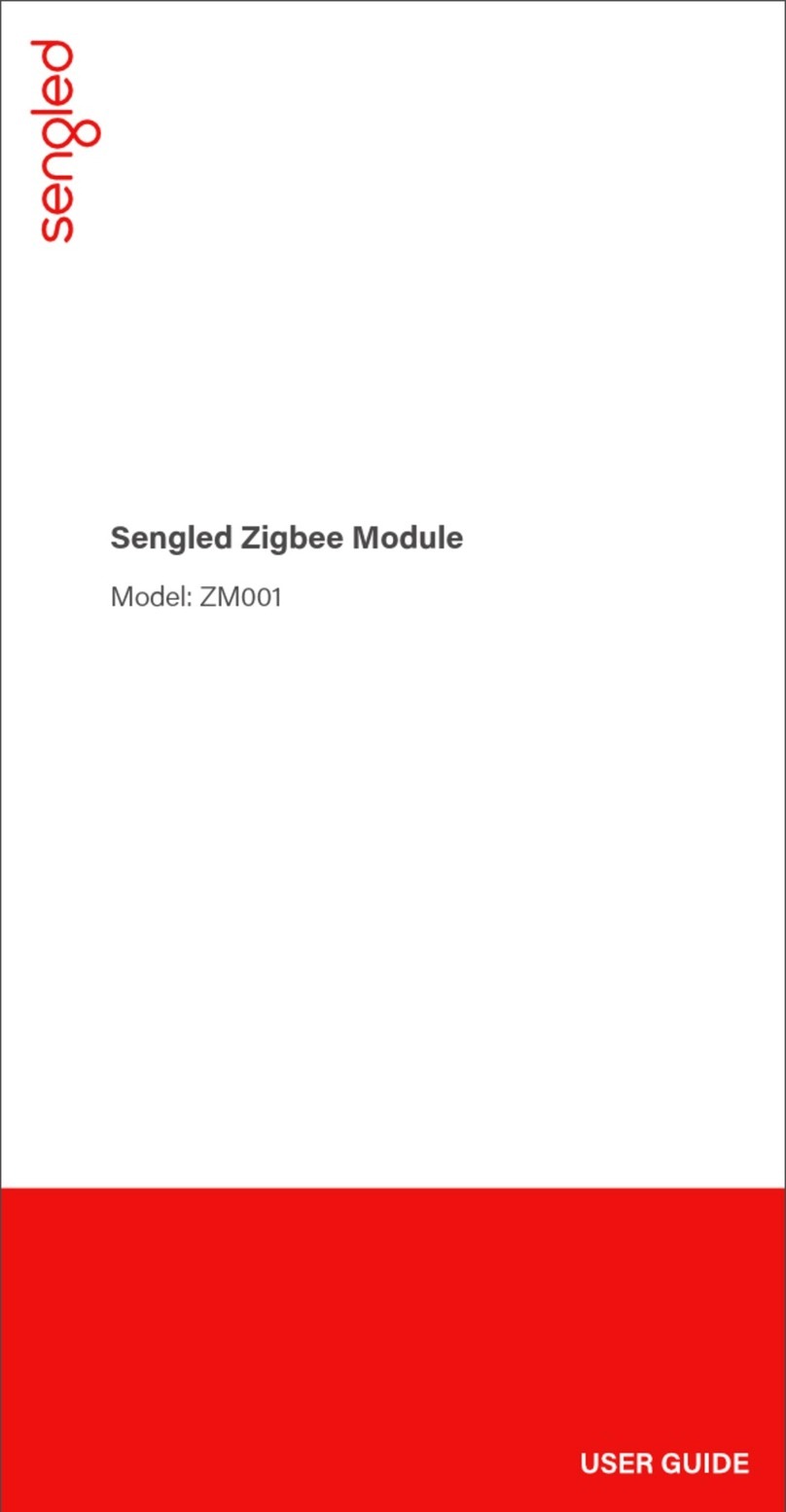NINA-B3 series - System integration manual
UBX-17056748 - R13 Contents Page 4 of 72
C1-Public
2.4 Flashing NINA-B30 open CPU software ...............................................................................................31
2.4.1 Flashing over the SWD interface...................................................................................................31
3Design-in................................................................................................................................................ 32
3.1 Overview......................................................................................................................................................32
3.2 Design for NINA family.............................................................................................................................32
3.3 Antenna interface .....................................................................................................................................32
3.3.1 RF transmission line design (NINA-B3x1 only)...........................................................................33
3.3.2 Antenna design (NINA-B3x1 only).................................................................................................34
3.3.3 On-board antenna.............................................................................................................................37
3.4 Supply interfaces ......................................................................................................................................39
3.4.1 Module supply design ......................................................................................................................39
3.5 Serial interfaces ........................................................................................................................................40
3.5.1 Asynchronous serial interface (UART) design............................................................................40
3.5.2 Serial peripheral interface (SPI) .....................................................................................................40
3.5.3 I2C interface.......................................................................................................................................40
3.5.4 QSPI interface....................................................................................................................................40
3.5.5 USB interface.....................................................................................................................................40
3.6 NFC interface.............................................................................................................................................40
3.6.1 Battery protection ............................................................................................................................41
3.7 General High Speed layout guidelines ..................................................................................................41
3.7.1 General considerations for schematic design and PCB floor-planning .................................41
3.7.2 Module placement ............................................................................................................................42
3.7.3 Layout and manufacturing.............................................................................................................42
3.8 Module footprint and paste mask .........................................................................................................42
3.9 Thermal guidelines ...................................................................................................................................43
3.10 ESD guidelines ...........................................................................................................................................43
4Handling and soldering ..................................................................................................................... 44
4.1 ESD handling precautions.......................................................................................................................44
4.2 Packaging, shipping, storage, and moisture preconditioning .........................................................44
4.3 Soldering .....................................................................................................................................................44
4.3.1 Reflow soldering process ................................................................................................................45
4.3.2 Cleaning ..............................................................................................................................................46
4.3.3 Other remarks ...................................................................................................................................46
5Regulatory information and requirements ................................................................................ 47
5.1 ETSI –European market ..........................................................................................................................47
5.1.1 Compliance statement....................................................................................................................47
5.1.2 NINA-B3 Software security considerations ................................................................................47
5.1.3 Output power limitation ..................................................................................................................47
5.1.4 Safety Compliance ...........................................................................................................................48
5.2 FCC/ISED –US/Canadian markets ........................................................................................................49
5.2.1 Compliance statements..................................................................................................................49
5.2.2 RF Exposure .......................................................................................................................................49
